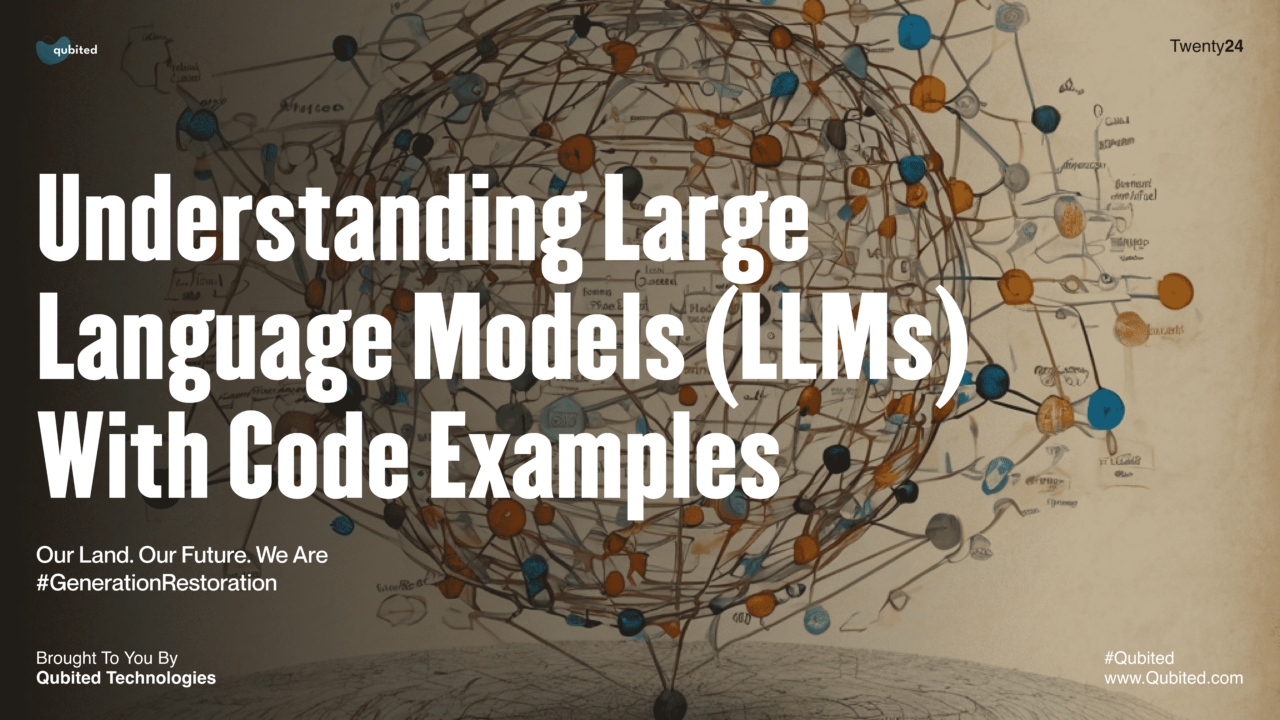In recent years, the advent of Large Language Models (LLMs) like GPT-3 and GPT-4 has revolutionized the field of Natural Language Processing (NLP). These models, trained on vast amounts of text data, are capable of generating human-like text, answering questions, and even writing code. In this blog post, we’ll delve into the workings of LLMs and provide some practical code examples to illustrate their capabilities.
What Are Large Language Models?
Large Language Models are neural networks trained on extensive corpora of text data. They utilize architectures like Transformers, which enable them to understand and generate text based on the context provided. The key feature of LLMs is their ability to learn from a diverse range of text inputs, making them highly versatile in generating coherent and contextually appropriate text.
How Do LLMs Work?
At the core of LLMs is the Transformer architecture, introduced by Vaswani et al. in the paper “Attention is All You Need.” Transformers use self-attention mechanisms to weigh the importance of different words in a sentence, allowing the model to understand context and relationships between words more effectively than previous models like RNNs and LSTMs.
Getting Started with LLMs
Let’s dive into some code examples to see LLMs in action. We’ll use OpenAI’s GPT-3 API for these examples. If you don’t have access to the API, you can sign up on the OpenAI website.
Setting Up
First, you’ll need to install the OpenAI Python client. You can do this using pip:

Next, set up your API key. Replace your-api-key with your actual OpenAI API key.

Generating Text
Here’s a simple example of generating text with GPT-3. We’ll prompt the model with a question and let it generate a response.

This code sends a prompt to the GPT-3 API and prints the response. You should see an output like “The capital of France is Paris.”
Writing Code
LLMs can also generate code snippets. Let’s ask GPT-3 to write a Python function that calculates the factorial of a number.

The output should be a Python function:

Conversational AI
You can also build a simple chatbot using GPT-3. Here’s an example:

This script allows you to have a conversation with GPT-3. Type “exit” to end the conversation.
Conclusion
Large Language Models like GPT-3 offer powerful capabilities for text generation, coding assistance, and conversational AI. By leveraging these models, developers can create innovative applications across various domains. The examples provided here are just the tip of the iceberg, and I encourage you to experiment with LLMs to discover their full potential.
If you found this post helpful, please share it with others and leave a comment with your thoughts or questions. Happy coding!



